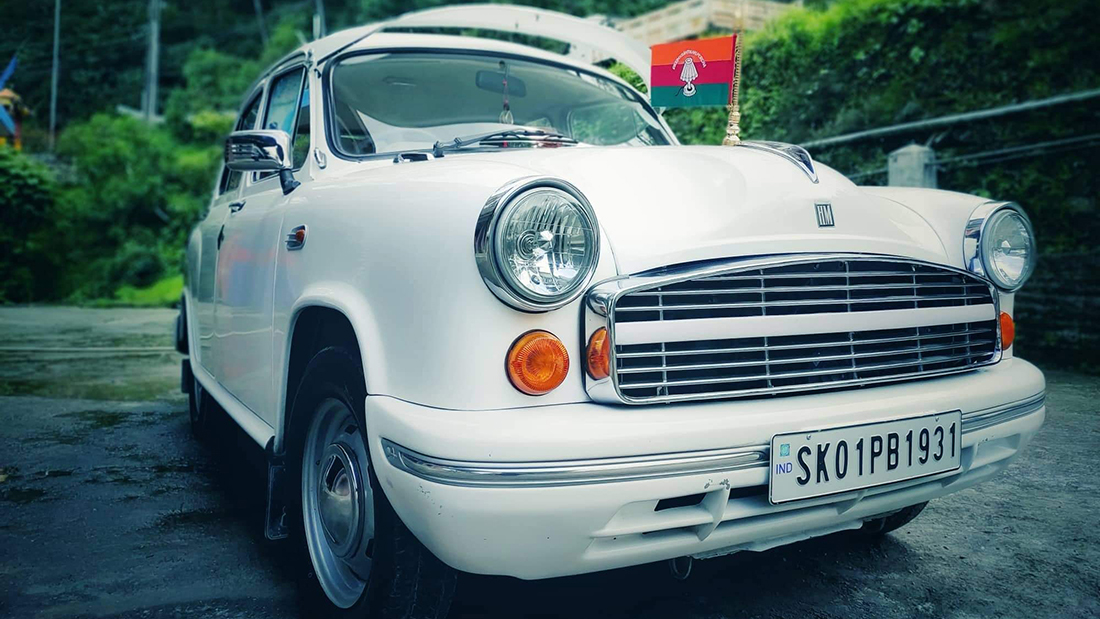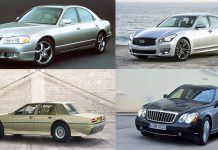The Hindustan Ambassador is an automobile manufactured by Hindustan Motors of India, in production from 1958 to 2014 with few improvements and changes over its production lifetime. The Ambassador was based on the Morris Oxford series III model, first made by Morris Motors Limited at Cowley, Oxford in the United Kingdom from 1956 to 1959.
On 11 February 2017, Hindustan Motors executed an agreement with PSA Group for the sale of the Ambassador brand, including the trademarks, for a consideration of ₹80 crore (US$12 million). The tie-up entails two joint-venture agreements between the companies of the two groups.
Despite its British origins, the Ambassador is considered as a definitive Indian car and is fondly called the “king of Indian roads”. The automobile was manufactured by Hindustan Motors at its Uttarpara plant near Kolkata, West Bengal and at Sriperumbudur near Chennai, Tamil Nadu.
Hindustan Ambassador : Once a King of Indian Roads
The Ambassador was basically the same Morris Oxford Series – III, launched by Morris, then a part of British Motor Corporation. In 1956 it sold the rights and tooling to Hindustan Motors as it had done for its previous Series – I and Series – II models which were sold by Hindustan Motors as Hindustan 10 and Landmaster. The Series -III model itself was a derivative of the Morris Oxford Series – II model which was developed prior to the Austin and Morris merger.
The car was quite spacious due to its semi-monocoque design which was quite an advancement in the early 1950s in vehicle engineering. The car was designed by Alec Issigonis whose other famous designs were Mini and Morris Minor.
Hindustan Motors Limited (HM), part of the Birla group was India’s pioneering car manufacturing company and later a flagship company of the C.K. Birla Group. The company was established just before Indian independence, in 1942 by B.M. Birla. They began operations in a small assembly plant in Port Okha near Gujarat by assembling the then Morris 10 as the Hindustan 10.
In the mid-1950s, they planned to upgrade their then existing Hindustan models based on the Morris Oxford Series Il (Hindustan Landmaster), they eventually acquired rights for the new Morris Oxford Series III. The car initially came with a side-valve engine but was later improved to an overhead-valve engine. Also the car at that point was quite an innovation with a fully enclosed monocoque chassis, which is why it is spacious inside.
The Morris MO Series models (the earlier one and its next model with a new front grille) were by 1949 introduced, as the Hindustan 14. The production continued till 1954, after which the Landmaster based on the Morris Oxford Series II was introduced, with the same 1476 cc side valve engine, drawn from the earlier Hindustan 14. The same engine was used for the older Ambassadors Mark I from 1958 till 1960.
Ambassador was one of the few cars that were in production following the 1954 government policy of promoting indigenous Automobile industry, it had a market dominance for its spacious size compared to its rivals like Premier Padmini and Standard 10.

Production of Hindustan Ambassador at its plants outside the cities of Kolkata and Chennai ended due to weak demand and financing problems. Prior to the cancellation, the company had sold 2,200 Ambassadors in the financial year which ended in March 2014, only a tenth of the sales the Ambassador reached in the mid-eighties.
In the early 1990s, the old Austin-designed B-Series OHV straight-4 BMC 1.5L petrol engine was replaced in favour of an Isuzu 1.8 litre engine and became the fastest production car in India, beating Fiats, and the Maruti Suzuki cars at that time. The engines currently available are the 1500 DSL (1.5L 37 bhp diesel engine), 1800 ISZ (1.8 L 75 bhp MPFI petrol engine), 2000 DSZ (2.0 L 50 bhp Isuzu diesel engine) and 2000 DSZ Turbo (2.0 L 75 bhp turbocharged intercooled Isuzu diesel engine.

In the late 1970s a limited batch of Mark III Ambassadors were produced with 1,760 cc engines. They were fitted with Constant Velocity SU side-draft carburettors of an earlier era instead of the more common indigenous variable velocity Solex down-draft units. The engine blocks of these cars had “1760” etched on them instead of the usual “1500”. These were probably produced to handle the extra load of the piston-driven air conditioner compressors available in those days. The trim (metal beading) of these cars were a throwback to the sixties because they were chrome plated instead of aluminium.



















